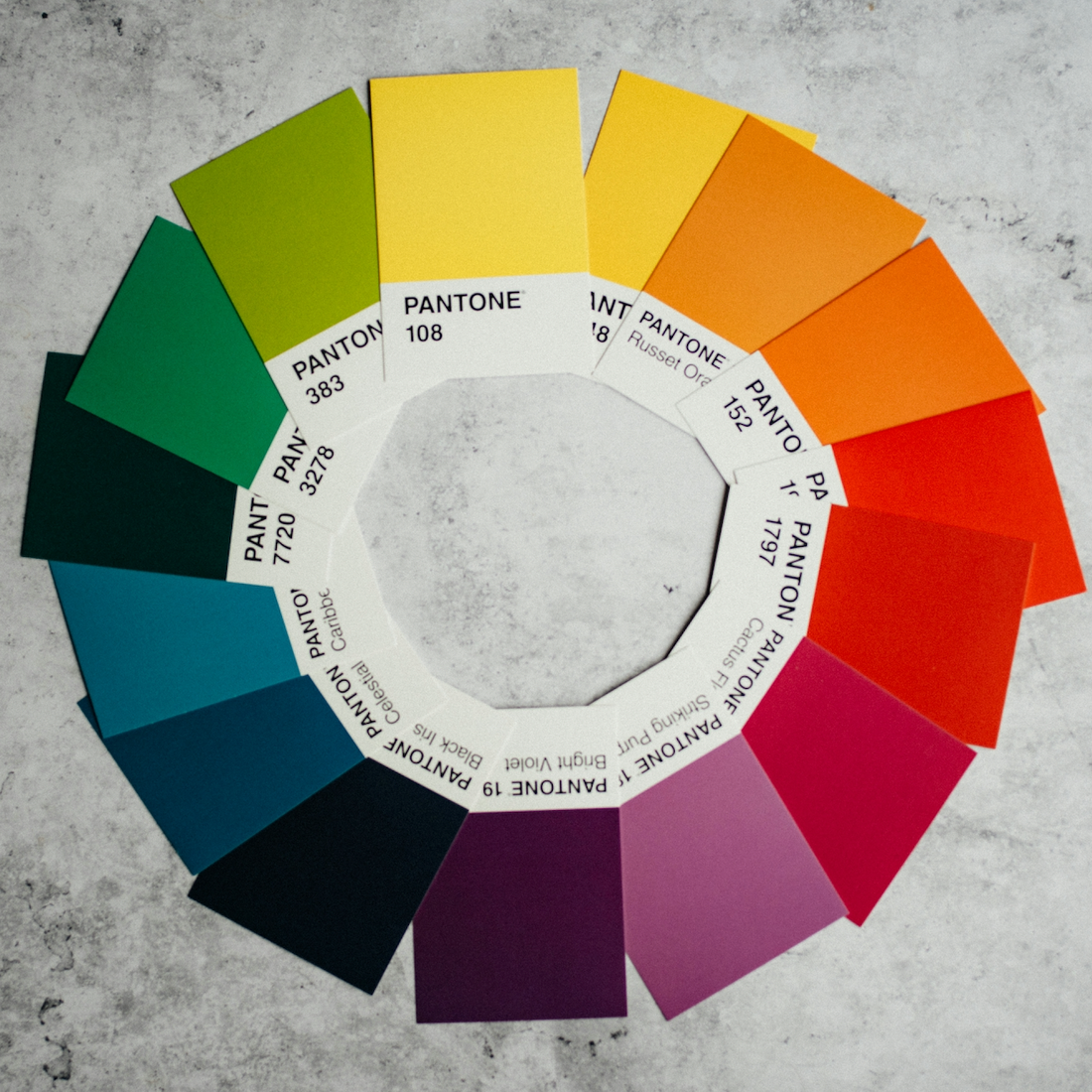
The Art of Capturing Nature: An Exploration of Landscape Artistry
Share
As I step into a world where nature comes to life through the hands of skilled artists, I feel a sense of wonder and awe. In this article, I'll explore the techniques that bring the beauty of nature to canvas.
Through a careful balance of color, composition, and brushwork, artists can capture the essence of nature and evoke a sense of peace that is hard to describe. Each stroke of the brush is carefully considered, as artists we strive to depict both the physical grandeur and the emotional impact of natural landscapes.
One of the fundamental aspects of landscape art is composition. How an artist arranges the elements within a painting can greatly impact the overall impact and visual appeal. When it comes to landscape art, it is crucial to create a sense of balance and harmony that mimics the natural world.
A well-composed landscape painting often follows the rule of thirds, where the canvas is divided into a 3x3 grid. By placing the focal point or points of interest along these intersections or lines, artists can create a visually pleasing composition. This technique draws the viewer's eye to the most important elements of the painting.
In addition to the rule of thirds, artists also consider the use of leading lines to guide the viewer's gaze. These can be represented by paths, rivers, or even tree branches that lead towards the focal point. By strategically placing these lines, artists can create a sense of depth and perspective within their artwork.

Light and shadows play a crucial role in landscape art, as they can dramatically transform a scene and evoke different emotions. Artists often spend a great deal of time studying the way light interacts with nature, and they employ various techniques to capture its essence on canvas.
One such technique is known as "chiaroscuro," which emphasizes the stark contrast between light and dark. This technique was popularized by artists like Caravaggio and Rembrandt and can be seen in landscape paintings that feature dramatic lighting, such as a sunset casting long shadows across a field.

Another technique artists use to capture light and shadows is called "plein air" painting. This involves painting outdoors, directly in front of the subject, to capture the ever-changing qualities of natural light. Plein air painting allows artists to observe and replicate the subtle nuances of light and shadow, resulting in a more realistic depiction of the landscape.
Creating a sense of depth and perspective is essential in landscape art, as it helps to transport the viewer into the scene and create a three-dimensional illusion on a two-dimensional canvas. Artists employ various techniques to achieve this effect and bring their landscapes to life.
One such technique is the use of aerial perspective, where objects that are farther away appear less detailed and have a bluish hue. By incorporating this technique, artists can create a sense of distance and depth within their paintings. This is particularly effective when depicting expansive landscapes with mountains or vast open spaces.

Another technique for creating depth is the use of overlapping elements. By overlapping objects in the foreground, middle ground, and background, artists can create a sense of space and depth. Additionally, artists may vary the size and scale of objects to give the illusion of distance. Larger objects in the foreground appear closer, while smaller objects in the background recede into the distance.
Nature has long been a source of inspiration for artists, and landscape art allows us to celebrate the beauty of the natural world. If you're looking to create your own landscape artwork, spending time in nature can provide you with endless inspiration.
Take the time to explore different landscapes, whether it's a hike through the mountains, a stroll along the beach, or a leisurely walk in a park. Observe the colors, textures, and patterns that make each landscape unique. Pay attention to the way light interacts with the environment and how it changes throughout the day.
Keep a sketchbook or camera with you to capture fleeting moments or scenes that resonate with you. These sketches or photographs can serve as references when you're ready to create your own landscape artwork. Additionally, don't be afraid to experiment with different mediums and styles to find what resonates with you the most.

Color plays a vital role in landscape art, as it can evoke specific moods and emotions. Understanding color theory and how different colors interact with one another can greatly enhance your landscape paintings.
Warm colors such as red, orange, and yellow are often associated with warmth, energy, and vibrancy. They are commonly used to depict sunlight, summer landscapes, or fiery sunsets. Cool colors like blue, green, and purple, on the other hand, evoke a sense of calmness, tranquility, and distance. They are often used to represent bodies of water, forests, or misty landscapes.
Artists often employ complementary colors, which are colors that are opposite each other on the color wheel, to create contrast and make certain elements of the painting stand out. For example, using shades of blue-green in the foreground and warm oranges or yellows in the background can create a visually striking composition.

Landscape art allows us to connect with nature and embrace its beauty through the creative expressions of artists. By understanding the techniques employed in landscape art, such as composition, capturing light and shadows, creating depth and perspective, finding inspiration in nature, and utilizing color theory, we can gain a deeper appreciation for these masterpieces and even create our own. So, the next time you find yourself captivated by a stunning landscape, take a moment to observe the intricate details and imagine how you could translate its beauty onto canvas.
